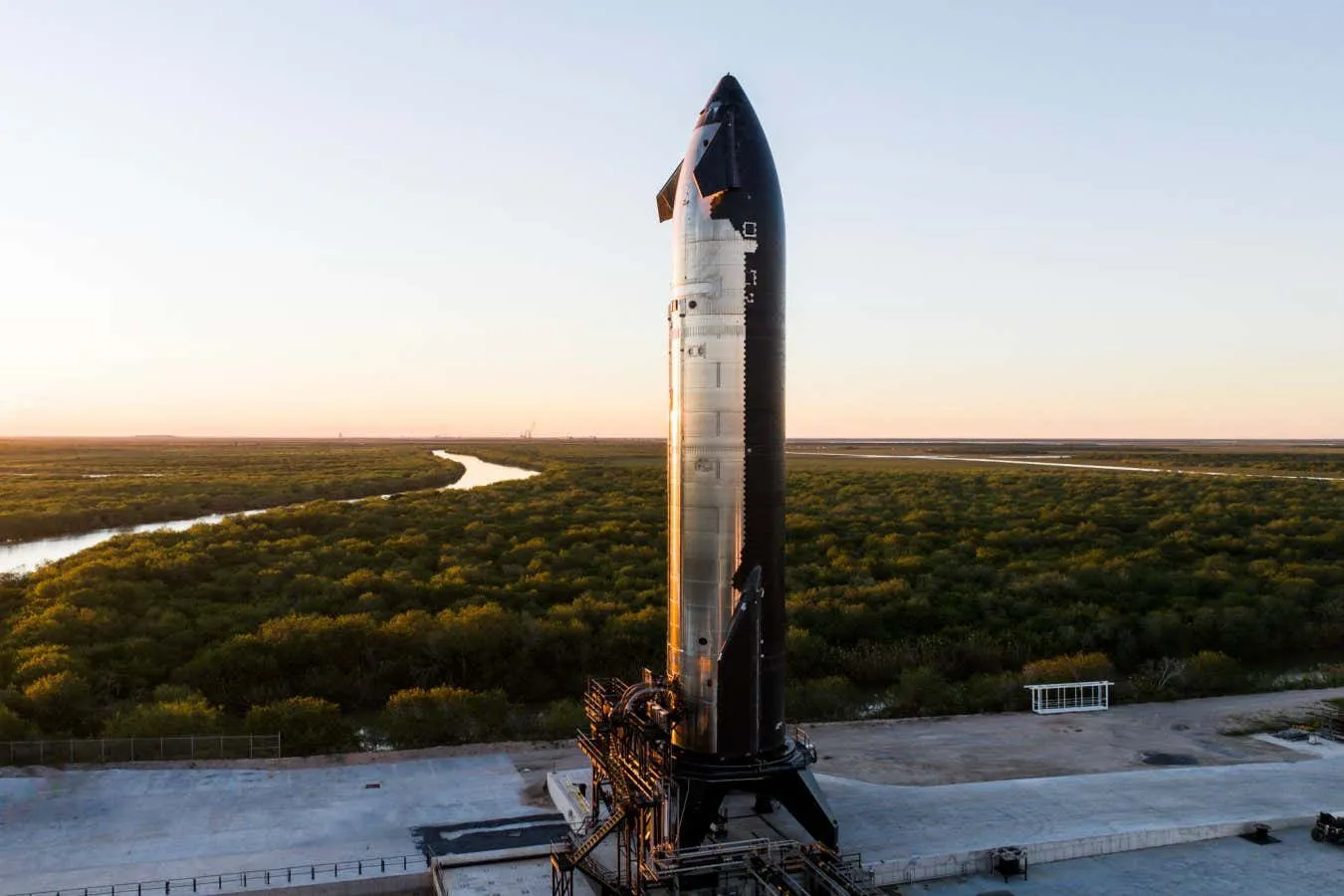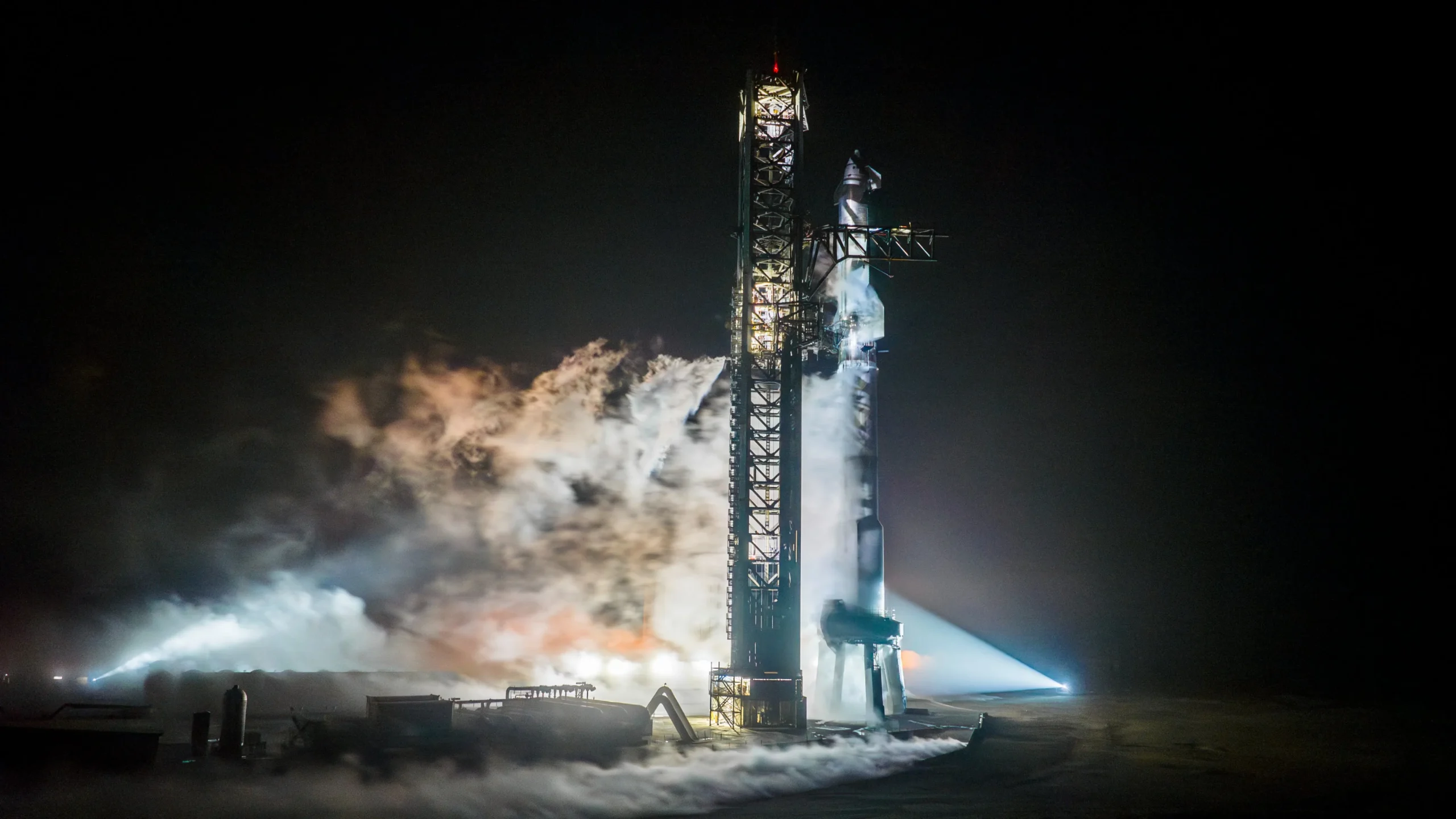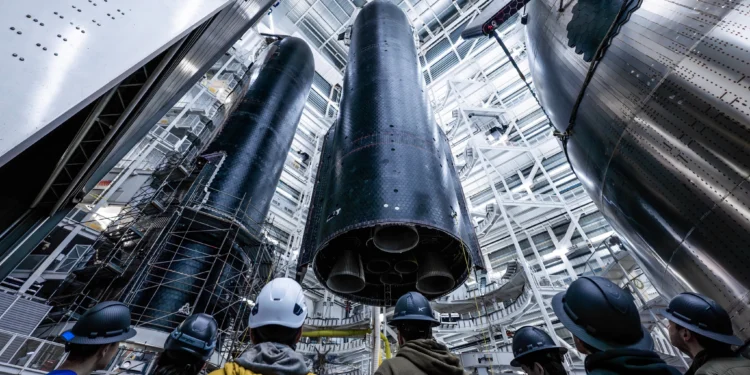In the early hours of a chilly January morning, the sight of SpaceX’s colossal Starship, a gleaming silver leviathan, rolling towards the launch pad captured the imagination of space enthusiasts and the attention of the world. Scheduled for a pivotal test flight on January 13, 2025, this marks a significant step forward in SpaceX’s ambitious agenda to revolutionize space travel and colonization.

A Masterclass in Rocket Reusability
Starship and its mammoth first-stage booster, Super Heavy, represent the pinnacle of SpaceX’s reusability ethos. Both stages are designed for quick turnaround and multiple uses, a cornerstone of the company’s strategy to make space travel more economical.
The upcoming flight aims to demonstrate this with a dramatic precision landing of the Super Heavy booster back at Starbase, using the now-famous “chopstick” arms of the launch tower. This innovative recovery technique was successfully executed during Starship’s Flight 5 but faced a hiccup in Flight 6 due to a communication issue. The upcoming test presents another opportunity for SpaceX to refine these groundbreaking technologies.

Implications Beyond the Launch Pad
As the Ship ascends and eventually splashes down in the Indian Ocean, carrying its payload of inactive Starlink models, it will do more than just traverse the skies. This mission is a cornerstone in SpaceX’s broader vision of enabling human life on Mars and beyond. The data gathered from deploying and tracking the mock satellites will be crucial for future missions, potentially aiding in the development of a reliable infrastructure for space-based internet service as part of the Starlink project.
The anticipation surrounding Flight 7 is palpable, not only for its immediate goals but for what it represents in the long arc of space exploration. As SpaceX pushes the boundaries of what is possible, each test flight of the Starship megarocket brings us one step closer to a future where the stars are within reach.










